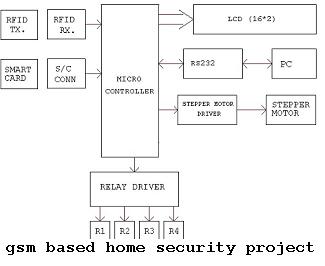The Google Glasses, which have a five megapixel camera and voice-activated controls, have started to be shipped.
The first devices will go to developers and “Glass Explorers”. Google held a competition earlier this year inviting potential users to come up with ways to use the device, while developers have been eager to be among the first to try out the technology.
Developers working on apps for Google’s smart glasses have been told they will not be allowed to place advertising within the device’s display. The newly-published terms and conditions for developers working on Glass also prohibit companies charging for apps.
According to several sources, those in the Glass Explorer Program are now receiving email notifications about device shipments, while Google also posted the technical specifications of the device for the first time.
Its display is the equivalent, the company says, of looking at a 25in (63cm) high-definition screen from eight feet away. The device is able to record video at a resolution of 720p.
It has 16GB on-board storage, and connects with other mobile devices via Bluetooth and wi-fi.
 Also keeping an eye on the excitement generated by Google
will be Japanese firm Telepathy Inc. Their device, the Telepathy One,
has been touted as a possible competitor to Google Glass. Chinese search
giant Baidu has also confirmed it is working on a Glass-like project –
but details are so far scant.
Also keeping an eye on the excitement generated by Google
will be Japanese firm Telepathy Inc. Their device, the Telepathy One,
has been touted as a possible competitor to Google Glass. Chinese search
giant Baidu has also confirmed it is working on a Glass-like project –
but details are so far scant.
•Adjustable nosepads and durable frame fits any face.
•Extra nosepads in two sizes.
Display
High resolution display is the equivalent of a 25 inch high definition screen from eight feet away.
Camera
•Photos – 5 MP
•Videos – 720p
Audio
•Bone Conduction Transducer
Connectivity
•Wifi – 802.11b/g
•Bluetooth
Storage
•12 GB of usable memory, synced with Google cloud storage. 16 GB Flash total.
Battery
One full day of typical use. Some features, like Hangouts and video recording, are more battery intensive.
Charger
•Included Micro USB cable and charger.
While there are thousands of Micro USB chargers out there, Glass is designed and tested with the included charger in mind. Use it and preserve long and prosperous Glass use.
Compatibility
•Any Bluetooth-capable phone.
•The MyGlass companion app requires Android 4.0.3 (Ice Cream Sandwich) or higher. MyGlass enables GPS and SMS messaging.
The first devices will go to developers and “Glass Explorers”. Google held a competition earlier this year inviting potential users to come up with ways to use the device, while developers have been eager to be among the first to try out the technology.
Developers working on apps for Google’s smart glasses have been told they will not be allowed to place advertising within the device’s display. The newly-published terms and conditions for developers working on Glass also prohibit companies charging for apps.
According to several sources, those in the Glass Explorer Program are now receiving email notifications about device shipments, while Google also posted the technical specifications of the device for the first time.
The bone conduction transducer allows the
wearer to hear audio without the need for in-ear headphones – sound
waves are instead delivered through the user’s cheekbones and into the
inner ear.
The company promises a battery lasting for “one full day of typical use”.Its display is the equivalent, the company says, of looking at a 25in (63cm) high-definition screen from eight feet away. The device is able to record video at a resolution of 720p.
It has 16GB on-board storage, and connects with other mobile devices via Bluetooth and wi-fi.

The Telepathy One headset developed by a Japanese company has functions similar to Google’s Glass device
Google Glass Tech Specs:
Fit•Adjustable nosepads and durable frame fits any face.
•Extra nosepads in two sizes.
Display
High resolution display is the equivalent of a 25 inch high definition screen from eight feet away.
Camera
•Photos – 5 MP
•Videos – 720p
Audio
•Bone Conduction Transducer
Connectivity
•Wifi – 802.11b/g
•Bluetooth
Storage
•12 GB of usable memory, synced with Google cloud storage. 16 GB Flash total.
Battery
One full day of typical use. Some features, like Hangouts and video recording, are more battery intensive.
Charger
•Included Micro USB cable and charger.
While there are thousands of Micro USB chargers out there, Glass is designed and tested with the included charger in mind. Use it and preserve long and prosperous Glass use.
Compatibility
•Any Bluetooth-capable phone.
•The MyGlass companion app requires Android 4.0.3 (Ice Cream Sandwich) or higher. MyGlass enables GPS and SMS messaging.



















